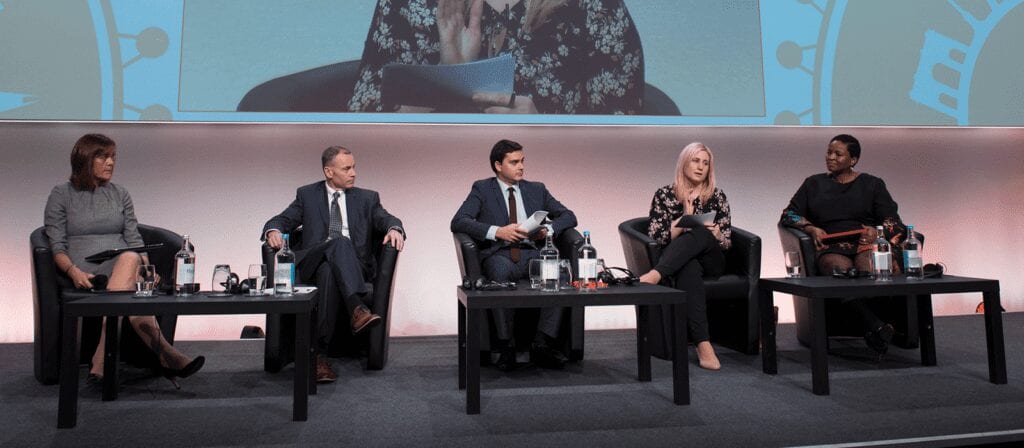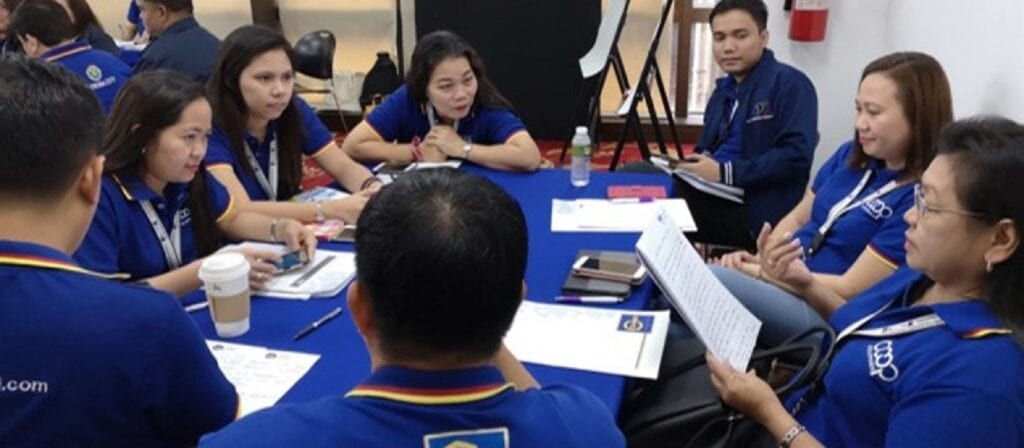Diversity and inclusion are key issues for organisations, but initiatives that address these topics in meaningful ways – rather than simply complying with legislation or regulation – offer real business value for cooperative/mutual insurers.
The experience of PPS (South Africa) demonstrates this well. The country is in a unique position, as it legislates against discrimination. Although that legislation alone does not change behaviour, it allows for reflection, and PPS goes beyond it, in order to embrace the spirit of inclusion. For example, its transformation programme mandates employees of different levels to look at management’s actions on matters of inclusion and diversity, including recruitment processes, the profile of its employees, training opportunities, etc. It has found diversity to be a key enabler for doing different things and/or for doing things differently. It is vital to see the important issues in your given situation whether it be gender, race, age, etc.
Some of the practical examples of inclusion at PPS focus on culture: first, the company designed its “target culture” and created a space for employees to have a voice. A Young Leadership Forum, an initiative run across the organisation, was created to allow high talent the opportunity to run a junior executive committee for two months, looking at actual, unresolved business challenges. PPS has also contracted a recruitment agency which is run by very young people (aged below 25), which has enabled PPS to understand the minds of millennials and led to the development of a series of podcasts which resonate strongly with potential young recruits.
Mutuals are uniquely positioned to tackle inclusion and diversity. There are 20 nationalities included in a team of 90 at the Australian subsidiary company of Achmea. This illustrates an example where having the correct diversity of people in business enables better outcomes.
CLIMBS (Philiippines) is one of 14,000 cooperatives registered in the country. Families are very important in Filipino culture. Having once worked in the cooperative movement, where inclusivity is such an important element, people find it hard to leave. Cooperation has become a strong faith, and the “cooperative pledge” is recited at every meeting. There is a great deal of diversity present in millennial employment. Technology is important, as is developing the leaders of the future, according to the needs of the organisation.
What is required to shift an organisation from viewing diversity as an obligation to one that embraces it as a strength?
Diversity is the fuel of innovation: the more ideas we can bring, the more likely we are to be able to find the right direction and the right solutions. We need to surround ourselves with different perspectives, backgrounds and experiences, which requires good leadership, well-constructed teams and managers who appreciate that diversity. Diversity should not be treated as just another corporate initiative, and the leadership at Thrivent (USA) has invested in it for a long time. It can take many years for diversity and inclusion to become embedded across an organisation. If change supports business progress, then it will be undertaken. It is useful to test persoanl biases and challenge those who can lead you to better outcomes. This enables small-scale, rapid testing, cheap failure and the ability to move on. Embracing diversity takes time, effort and some pain, but it is worthwhile.
The future wiill also see back office and customer-facing roles change. Certain back office roles are becoming more prominent and important to the success of companies as noted in the Philippines, where there are 36 million smartphone users and online consumption is well developed. Graphic designers, blockchain experts and app developers are becoming more important in the quest to capture the attention of online consumers. People are also need who are familiar with the broader ecosystem.
Aside from technological roles and the ability to change, there is huge expectation for employees to design and deliver solutions. This is a gap for many businesses, and Thrivent is currently addressing it using “creative muscle” and behavioural economics. It is looking at how to deliver business value in new and different ways.
Innovation is nothing new: it has changed businesses and workforces for more than 100 years. Technology leads to new expectations, the distance to consumers has shrunk and we are now expected to respond faster. New technology platforms will continue to change how we communicate and we will be reliant on the next generation to show us how best to use those technologies.
Mutuals have a strong story to tell: the model is powerful. The concept of membership resonates strongly with the next generation – the question for the leaders of today and tomorrow is can we reimagine what that mutuality means for the next generation of customers?
Session panellists:
- Emma Thomas, CEO, ACHMEA Australia, (Australia)
- Ayanda Seboni, Group Executive: Communications, Brand and Marketing, PPS (South Africa)
- Noel Raboy, President and CEO, CLIMBS (Philippines)
- Ellie Anderson, Innovation Consultant, Thrivent (USA)
- Paul Hanna, Executive Vice-President, Member Relations, Governance and Corporate Services, The Co-operators (Canada) moderator





